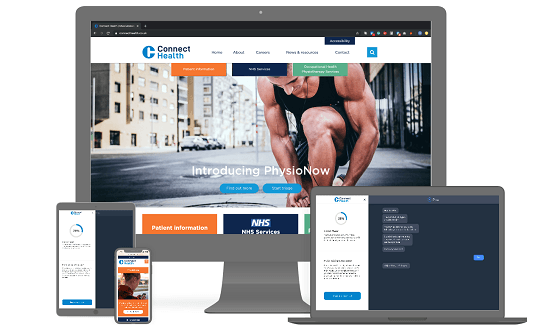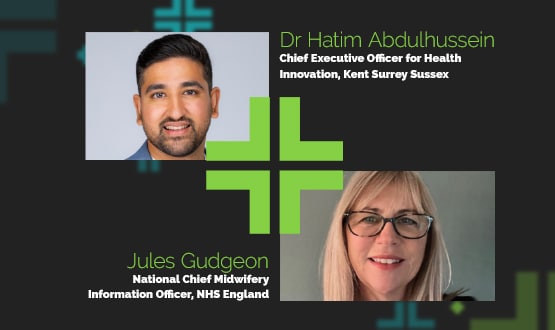Connect Health rolls out AI triage service for MSK patients

Connect Health has launched a new digital triaging platform to improve access to physiotherapy services for musculoskeletal (MSK) patients.
PhysioNow is a chatbot-based triage application that provides support and self-management for MSK patients, offering virtual consultations and remote physiotherapy.
Based on a physiotherapist chatbot designed by technology company EQL, the service has been introduced in a bid to improve access to physiotherapy services, reduce appointment waiting times and meet increased demand.
PhysioNow can guide users to appropriate pathways, including urgent care for those presenting with ‘red flag’ symptoms; face-to-face care for those not suited for self-management; and other tools for those presenting with low-grade injuries.
The service is launching with three NHS services initially, prior to rolling out to more than NHS additional services and “multiple occupational health physiotherapy contracts across the country”.
Mike Turner, chief operating officer for Connect Heath, said the company was “committed to using smart technology to reduce inefficiencies in the system and improve outcomes for patients, health partners, customers and colleagues.”
He added: “PhysioNow puts patients in the driving seat, empowering them with tools to take ownership of their health.”
According to Connect Health, PhysioNow’s decision tree is underpinned by clinical frameworks that are closely monitored alongside the collection of lifestyle data.
Whilst initially providing a triage tool for MSK conditions, further developments are planned for later in 2020.
Jason Ward, CEO of EQL, who along with Peter Grinbergs and Sam Medcraft co-founded the company, said its Phio chatbot system was “a perfect fit for the overstretched and under-resourced NHS.”
Ward added: “It proves that great technology can benefit all parties and break down traditional barriers. We are pleased that Connect Health will be joining our growing number of partners which include Clinical Commissioning Groups (CCGs), global insurance companies and occupational health providers.”



